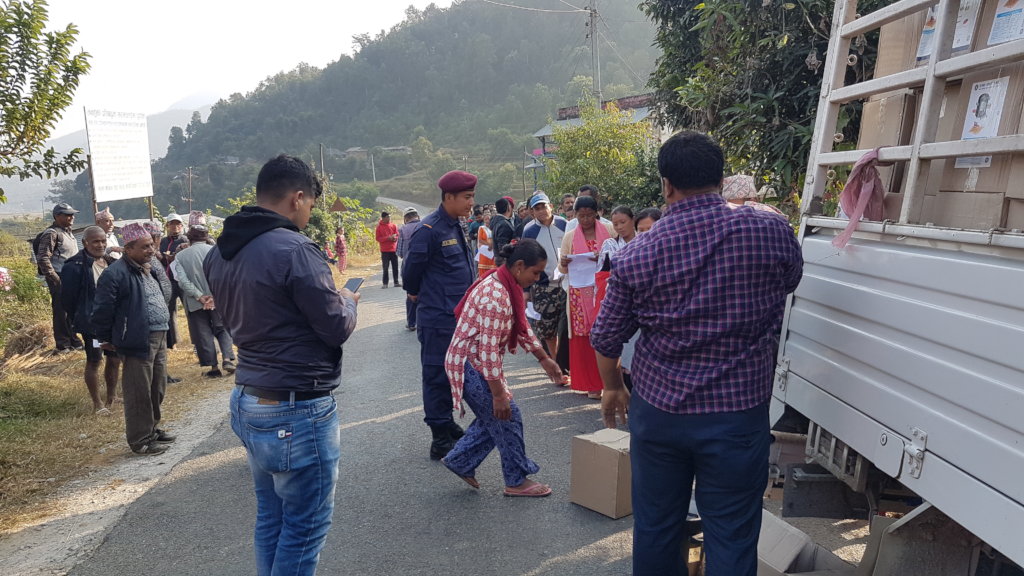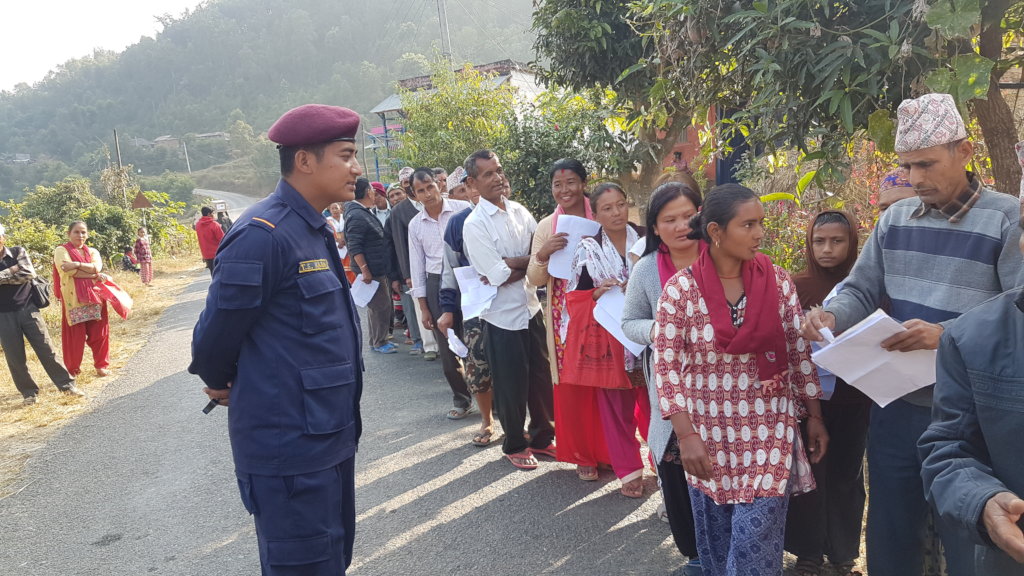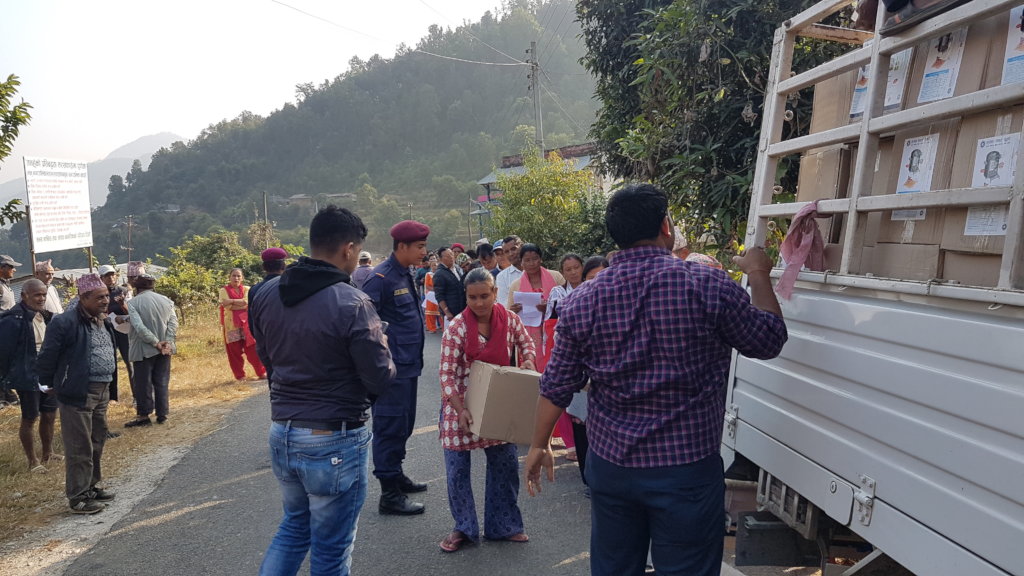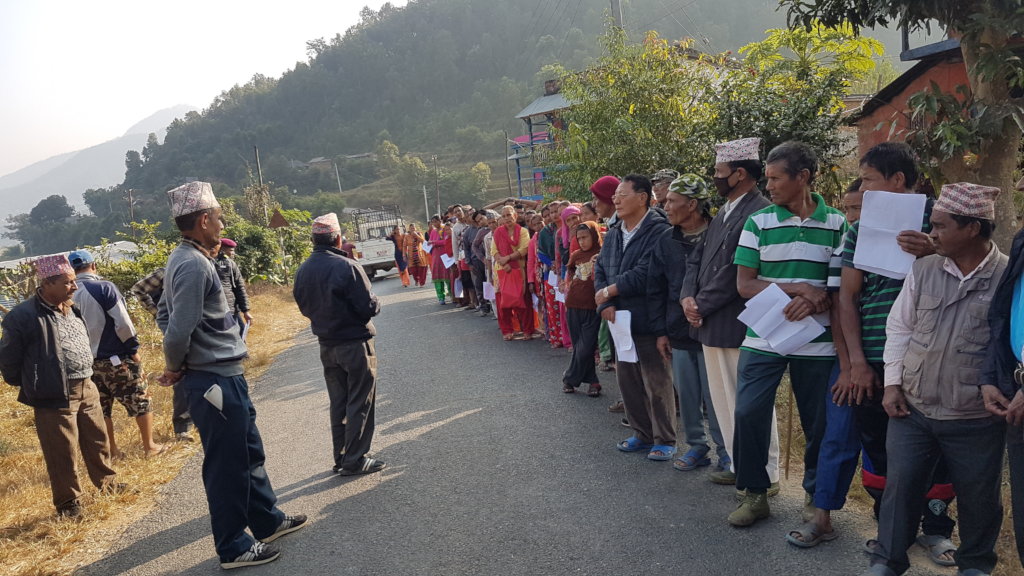By Bharat Bahadur Khadka | Project Leader
PCS-1 distribution
In Nepal forest conservation act is being strict. Forest User Groups are also compelled to follow rules. In such conditions poorer households have been facing to fulfill fire wood needs. Husk power stove is one of the alternatives to address needs. Community people especially in rural area are more dependency on fire wood. Increasing trend of demand has proved its effectiveness. There was active participation of local government bodies while creating demand and distribution stoves. Their role is vital for achieve outstanding progress in this period.
The following are the facts that how women and children are affected.The burning of solid fuels fills the houses and huts in poorer countries with smoke that kills the world’s poor by causing pneumonia, stroke, heart disease, chronic obstructive pulmonary disease, and lung cancer. The solid fuels responsible for this include wood, crop residues, dung, charcoal, and coal. The solution for this problem is straightforward: shift from solid fuels to modern energy sources.
There are two potential factors which can merge to influence how deaths from household air pollution are linked to income. The first one is poorer households have a stronger reliance on solid fuels for cooking. Poorer households would therefore be at higher risk of negative health impacts from household air pollution. The second is that overall health outcomes and life expentency in porer countries is typically lower than at middle and high incomes. As a result, exposure to air pollution overall may have a greater health impact on low-income households. Note that this second factor may combine with the decline in the solid fuel use to explain the falling death rates and absolute number of deaths from indoor pollution - underlying health may be improving just as the prevalence of pollution is also falling.
3.8 million people a year die prematurely from illness attributable to the household air pollution caused by the inefficient use of solid fuels and kerosene for cooking. Among these 3.8 million deaths:
Achievement:
Key features of Husk cook stove which is provided to community members.
By Bharat Bahadur Khadka | Project Leader
By Bharat Bahadur Khadka | Project Leader
Project reports on GlobalGiving are posted directly to globalgiving.org by Project Leaders as they are completed, generally every 3-4 months. To protect the integrity of these documents, GlobalGiving does not alter them; therefore you may find some language or formatting issues.
If you donate to this project or have donated to this project, you can receive an email when this project posts a report. You can also subscribe for reports without donating.
Support this important cause by creating a personalized fundraising page.
Start a Fundraiser



